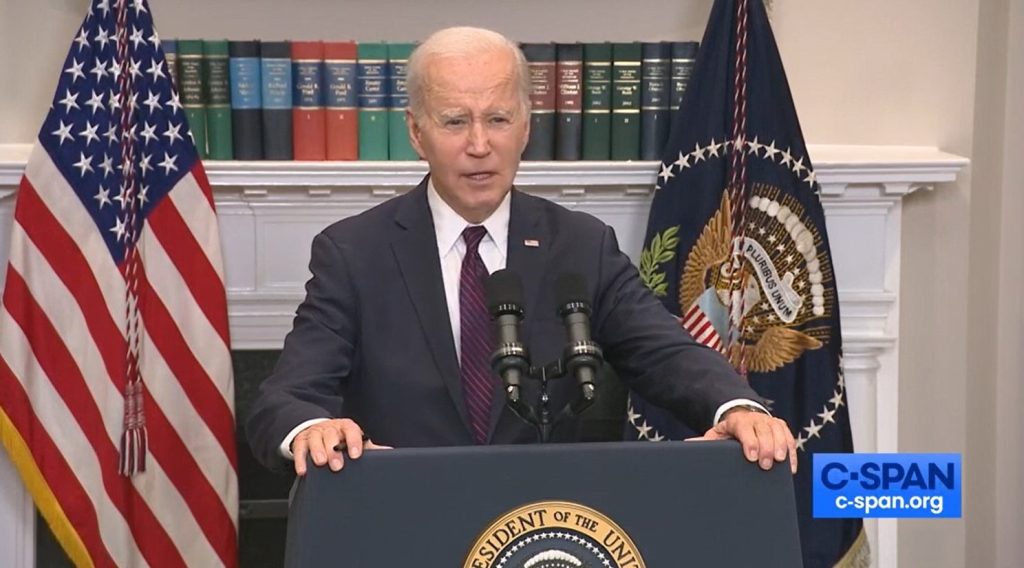The Permian Basin became the world’s most productive oilfield in 2019, and New Mexico is reaping the financial benefits. The state saw a significant revenue surge this year, resulting in a projected $7.8 billion collected.
The New Mexico Oil and Gas Association estimates the state produces 900,000 barrels of oil a day. It anticipates the state will surpass 300 million barrels of oil in 2019, the third year in a row for the state for record-setting production.
Projections from the state’s Legislative Finance Committee (LFC) predict the state could see over $900 million in new money in 2020, due in large part of growing oil and gas royalties generated in 2019. Oil and gas now makes up 40 percent of the state’s budget.
There are other impacts from the boom. The population of Carlsbad, for example, has doubled since 2016 as more workers flock to the Permian Basin. The flood of new workers in the area has led to a surge in new home construction, buoying local economies. And the budget surpluses have enabled the state to increase spending on early childhood education, teachers’ pay, and other programs that have seen budget cuts in past years.
But there have been a few downsides to the surge in oil production. The LFC brief noted an increase in volatility in oil and gas revenues could jeopardize the state’s future budgets — though the state does have a rainy day fund, in which the state puts oil and gas revenue in excess of the five-year average to protect against volatility in the fossil fuel markets.
The proliferation of so-called “man camps” near oilfields have created a sewage waste problem for the state. And roadway accidents and fatalities are on the rise along stretches of highways into and out of the area as truck traffic has increased.
The oil boom has become a double-edged sword for Gov. Michelle Lujan Grisham, who has championed the passage of the Energy Transition Act, outlining the state’s transition to carbon-free energy generation by 2050. Lujan Grisham has welcomed the increased oil and gas production in the state while promising to hold oil and gas developers accountable to methane and other volatile organic compound (VOC) emissions through the development of tougher emissions standards.
New Mexico’s oil boom comes as the U.S. is projected to blow past other countries in new oil and gas expansion. A recent report compiled by a group of environmental advocacy groups, released ahead of the international climate change-focused COP25 conference in Madrid, predicts that the U.S. oil production alone will lock in enough emissions to see the Earth’s temperatures rise above the important 1.5 degree Celsius limit identified by the IPCC to stem the effects of global warming. COP25 concluded mid-December with no binding resolution or non-binding agreement to address rising greenhouse gas emissions.























